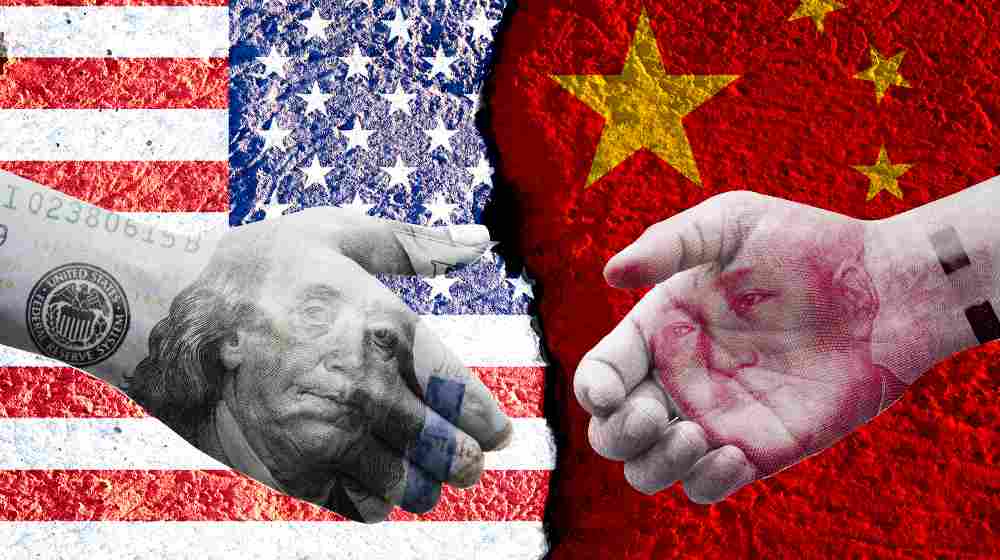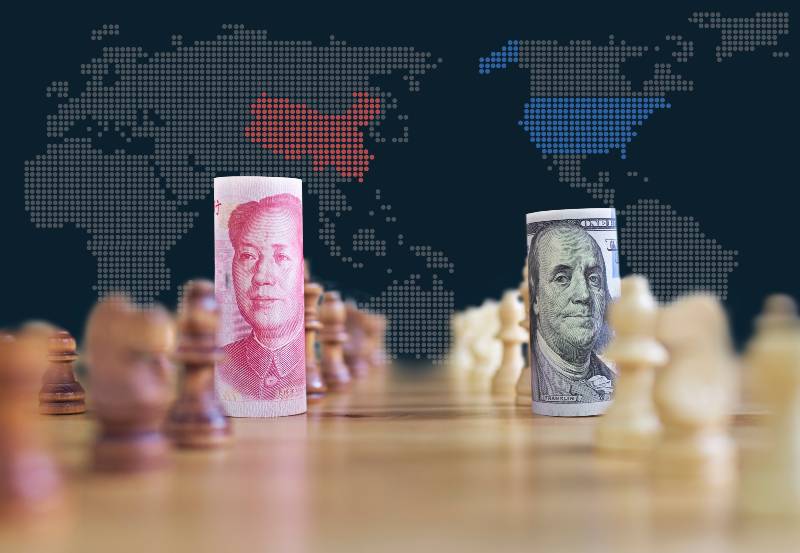News
China Didn’t Buy $200 Billion Worth of US Goods It Said It Will

China failed to purchase $200 billion worth of US goods it promised to buy under a trade deal. The $200 billion worth of US goods is part of China’s commitment to a deal it struck with then-president Donald Trump.
RELATED: The US Trade Lacks Sincerity to Restore Normal Trade Ties With China
Phase One Deal: China Commitment to Buy US Goods Short $200 Billion

During the Phase One Deal, Beijing promised to purchase $200 billion more US goods than it did in 2017. In fact, Trump and Chinese President Xi Jinping signed a deal to stop escalating tariffs at the time.
Want to see the full article?
Click here to read the full article on breakingnewsalerts.com
As part of the deal, China needs to meet its purchase commitments by the end of 2021. However, a new report from the Peterson Institute for International Economics showed an accurate picture of how much China invested.
Using new trade data from the Department of Commerce, the Peterson report reported China fell short. The country only purchased 57% of the US exports it promised to buy under the trade agreement.
In essence, “China bought none of the additional $200 billion of exports Trump's deal had promised,” reported Chad Bown. Brown is a senior fellow at the Peterson Institute.
COVID Slowed Trade Around The World After US and China Signed Deal
However, one of the reasons for China to underdeliver on its promise was COVID-19. The pandemic slowed trade all over the world weeks after the two countries signed the agreement.
Restrictions in trade movement plus shutdowns made it hard for Beijing to fulfill its promise.
However, even before the pandemic, many trade experts remained skeptical about China’s commitment. The deal set specific amounts for industries such as manufacturing, agriculture, services, and energy.
After 18 months of back-and-forth tariff escalations, relationships between US and Chinese buyers became frayed. As a result, businesses needed months to smooth ruffled feathers.
Plus, even with a new deal signed, tariffs on specific goods remained in place. This kept the prices of US goods high.
Agricultural Exports Still Fell Short Despite Trade Deal
American farmers, who suffered great casualties during the trade war with China, oversaw exports returning to 2017 levels. However, the numbers still fell short of China’s promise.
For example, soybean exports to China were at least 30% below target. As a result, the Trump administration had to shell out $28 billion in aid to farmers hurt by tariffs.
White House National Economic Council Director Brian Deese said the administration remains concerned over China’s failure to deliver. Deese blamed part of China's failure on “the flawed nature” of the trade deal.
However, he said that the White House thinks it’s feasible for China to live up to the agreements. In addition, Deese said it’s practical “to reset the trade relationship.”
The Phase One agreement won’t sanction China for missing its goals. President Joe Biden thinks that this is a good reason to leave existing tariffs on Chinese goods in place.
Despite pressure from US businesses to lift the tariffs, the president remains firm. He said he’d like to be in a position to say China is meeting commitments. “But we're not there yet,” Biden said.
Watch the Yahoo Finance news video reporting on the US-China trade war: Why Biden may be easing up on parts of Trump's trade policy with China:
What do you think of China’s failure to live up to commitments to purchase $200 billion worth of US goods? Also, do you think that China will fulfill its commitment now?
Let us know what you think. Share your comments below.
You Might Also Like:
- January Inflation Rate Hits 7.5%, Sets New 40-Year Record High
- Despite Pay Hikes, Americans Are Earning Less Due to Inflation
- Americans Are Fed Up With Biden’s Pandemic Strategy
Keep up to date with the latest finance news by following us on Facebook and Instagram.



